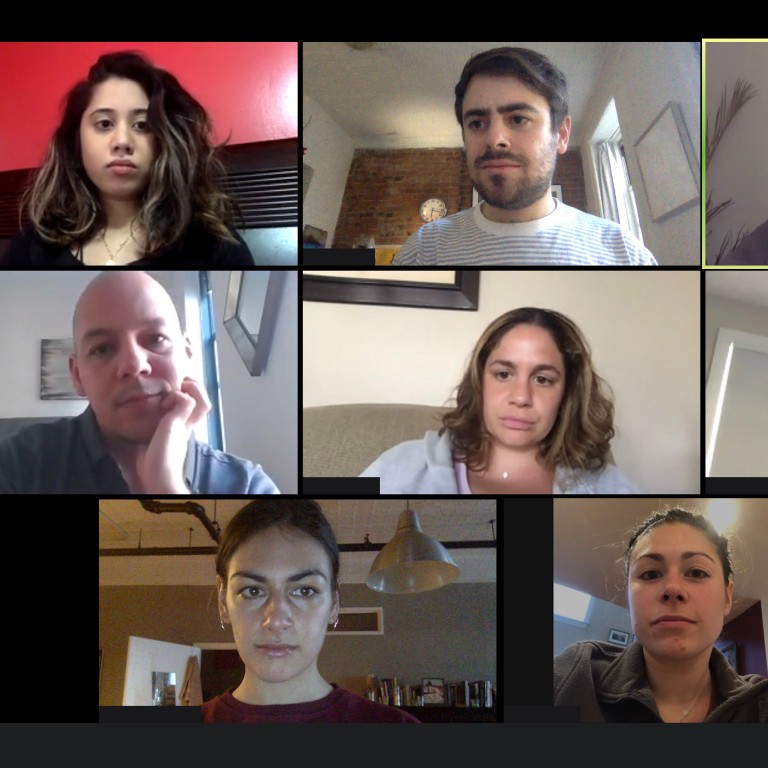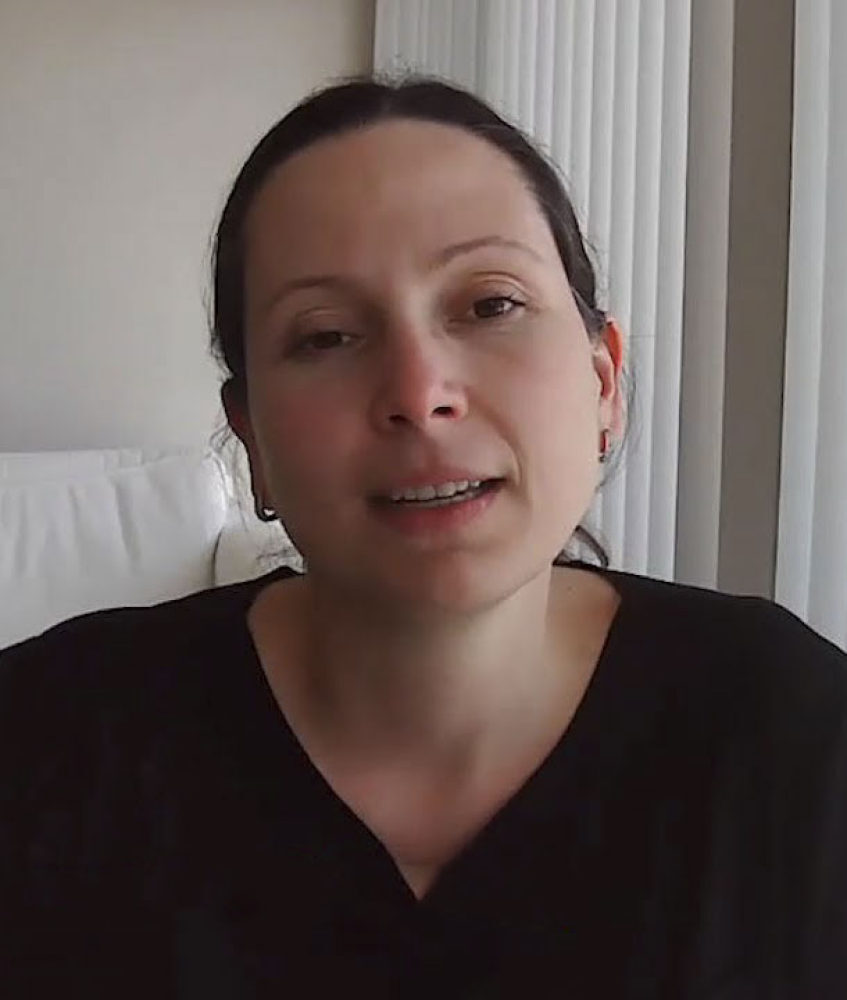
Insomnia, exhaustion, feeling trapped – Zoom fatigue from too much videoconferencing is real, so what can you do about it?
- Online meetings are the new normal, but we haven’t all got used to them – they can leave us feeling overwhelmed, drained and used up
- A Hong Kong company director who experienced insomnia and restlessness from too many Zoom calls learned to arrange fewer, limit their time and take more breaks
When Stephanie Ko found herself facing a two-week quarantine in Shanghai, she scheduled more video calls than she had at any other time during the coronavirus pandemic. The director of Hong Kong-based LQ Pacific Partners had travelled for work and did not relish the idea of 14 days in isolation.
“Those two weeks were so lonely, and as a coping mechanism, I had set up six to eight calls a day,” she says.
There were days when she was up at 4am to get ready for a 6am meeting, and she would have calls until after 7pm. This took a toll on her health, affecting her sleep.

Professor Jeremy Bailenson, founding director of the Virtual Human Interaction Lab at Stanford University in California, has been observing the effects of technology on human behaviour for over a decade.
He and other researchers have been analysing Zoom fatigue (brought on by any kind of videoconferencing) and its toll on mental and physical health.
Their study, published in September in the journal Computers in Human Behavior Reports, describes the condition as “the state of feeling overwhelmed, drained and used up”.
One of the most prevalent complaints among my clients is that there are no longer any clear boundaries between work life and home life
Researchers found that there were factors relating to videoconferencing that brought about this sheer exhaustion.
“In face-to-face interaction, non-verbal communication flows naturally and we are rarely conscious of it,” says Bailenson, but that’s not the case when we go online for a video call. “Users are constantly receiving non-verbal cues that would have a specific meaning in a face-to-face context but have different meanings on Zoom.”
For instance, on a Zoom call, people tend to make eye-to-eye contact for longer stretches of time than they would in real life situations. A videoconference call can often make a participant feel as if they are being thrust into an overcrowded environment, even physically trapped.
Participants appear to be directly staring at you, whether you’re speaking or not.

Longer calls bring about greater mental and visual fatigue, a condition especially hard on introverts, says Anna Queiroz, a study co-author. “The levels of Zoom fatigue were lower as participants reported higher levels of extroversion and emotional stability.”
Some mental health experts have observed that small living spaces can make the condition worse.
“Because of the tiny living spaces in Hong Kong, coupled with home schooling, and needing to go from one videoconferencing call to the next, there’s definitely a Zoom fatigue I’m noticing with my clients,” says Allison Heiliczer, a psychotherapist and counsellor at OT&P Healthcare and Rethink The Couch in Hong Kong.

When complaints of Zoom fatigue crop up, it is important to assess the severity of the situation, says psychologist Dr Michael Eason, co-founder of Lifespan Counselling in Hong Kong.
“How much does it impact daily functioning? Are they sliding into clinical depression, having panic attacks, are relationships with friends and family members deteriorating?”
Just being aware that you need to cut back can help a great deal.
“One of the most prevalent complaints among my clients is that there are no longer any clear boundaries between work life and home life; many people feel burdened by the expectation that they ‘should’ always be accessible 24/7.
“Such unrealistic and unmanageable expectations are leading to high levels of physical and emotional exhaustion that can result in total burnout,” says Eason.
Why Zoom’s founder has the weight of the world on his shoulders
The Stanford study also noted a gender divide – women tend to be more affected than men. And it doesn’t just stem from being self-conscious about the way one looks.
“I find that I’m hyperaware of the background that’s visible on my calls,” says Ko. “And since one’s face is in extreme close-up, I tend to keep adjusting the angle of the camera; that can be stressful as well.”
If the videoconferencing involves several people, it can be hard to get key points across. Often, Ko says she needs to raise her voice and use exaggerated gestures and expressions to ensure that she is heard. A dry throat is a common outcome, adding to the feeling of being drained.

To cope, Ko now schedules fewer back-to back calls, limits them to 30 minutes or less, gives herself breaks, and stays hydrated.
Six healthy Zoom tips
Planning videoconference calls in advance and making thoughtful decisions can help safeguard your well-being. Here are some expert tips.
Mind your Zoom etiquette: Keep your camera further away to avoid appearing in extreme close-up while on a video call.
How to sleep better: eight sleep aids to get your 7 or 8 hours a night
Eat, drink, talk Stay well hydrated on virtual meeting days and eat well to fuel your brain, says Heiliczer. “There’s a strong relationship between food, mood and fatigue,” she says.
Maintain flexible scheduling “Being flexible is important,” says Stanford researcher Queiroz. Companies should videoconference only when needed, she says, and allow at least 15 minutes between sessions.
Digital detox Do not schedule online meetings and put away the digital devices even for a weekend, says Dr Eason. “Consider including more face-to-face meetings (where safely allowed) and more phone and audio meetings instead of video ones,” he says.

Turn off the self-view mode In online meetings, hide the video of yourself from your own display by turning off the self-view mode. This reduces fatigue and anxiety, says Queiroz.

